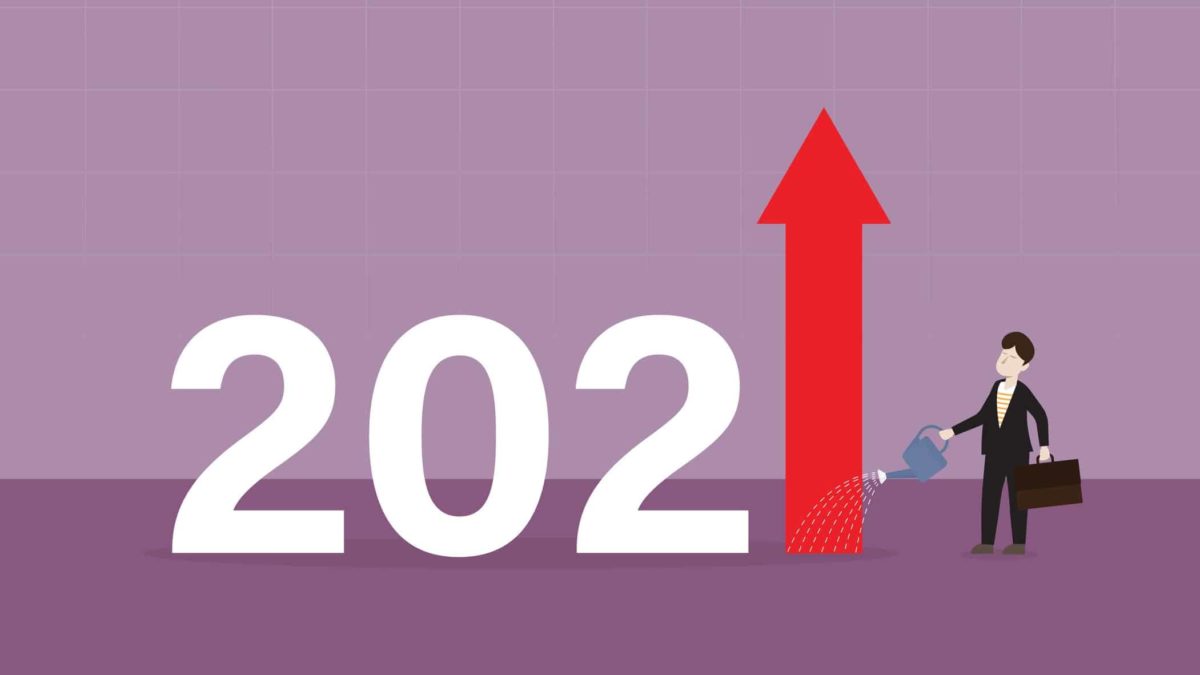The big four banks have been standout performers this year, and Australia and New Zealand Banking Group Limited (ASX: ANZ) shares are no exception. The ANZ share price has rallied by around 24% year to date, running well ahead of the S&P/ASX 200 Index (ASX: XJO), which is up almost 12% this year.
Let's take a look at what factors might be driving the bullish performance of the ANZ share price this year.
What's been driving the ANZ share price?
Earnings rebound
ANZ's March half-year results released on 5 May reported a statutory profit after tax of $2,943 million and cash earnings from continuing operations of $2,990 million. Compared to the second half of FY20, these figures represented increases of 45% and 28%, respectively.
The initial COVID-19 outbreak last year witnessed ANZ earnings plummet, with a 1H20 statutory profit after tax of $1,545 million and cash profit of $1,413 million.
Commenting on the company's strong half-year results, ANZ CEO Shayne Elliott said:
Following the trends of the first quarter, all parts of our business performed well. Costs were down 2% and we also increased investment in new digital capability that will provide ongoing productivity improvements and better customer outcomes.
Australia Retail & Commercial had another good half, becoming the third largest home lender in the market. Deposits performed well, with retail and small business customers behaving prudently by building solid savings and offset balances through the half.
Despite the company's upbeat sentiment, the ANZ share price slumped by more than 3% on the days the results were released.
Economic rebound
Another factor that may have been propping up the ANZ share price is the Australian economy's rapid rebound out of the COVID-19 induced recession.
In the release of RBA's June monetary policy decision, it said that "the economic recovery in Australia is stronger than earlier expected and is forecast to continue."
The central bank went on to say, "The labour market has continued to recover faster than expected. The unemployment rate declined further to 5.1 per cent in May and more Australians have jobs than before the pandemic."
In addition, "Housing markets have continued to strengthen, with prices rising in all major markets. Housing credit growth has picked up, with strong demand from owner-occupiers, including first-home buyers."
Jump in lending indicators
Earlier this month, the Australian Bureau of Statistics revealed a surge in new borrower-accepted finance commitments for housing, personal and business loans.
The value of new loan commitments for housing came in at $32.56 billion in May, a month-on-month increase of 4.9% and a 95.4% increase compared to a year ago.
ANZ also cited "significant demand from customers" in its March half-year results, delivering ~92,000 new home loan accounts and lifting its position to the third-largest home lender in the market.
ANZ share price snapshot
In addition to its solid year-to-date gains, the ANZ share price is also up more than 50% over the past 12 months. Based on the current share price, the big four bank has a market capitalisation of around $80 billion with a dividend yield of approximately 4.6%








